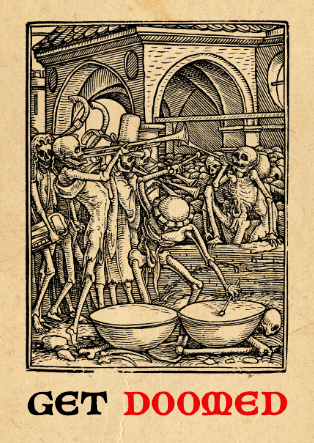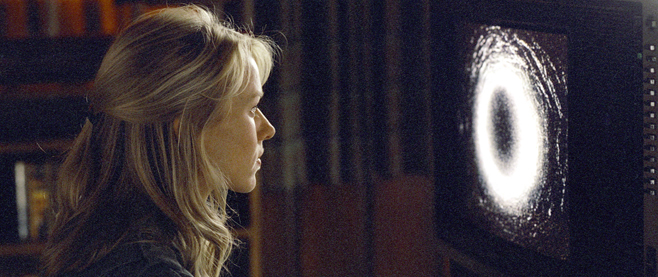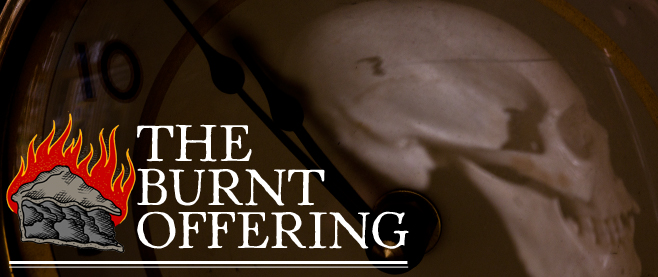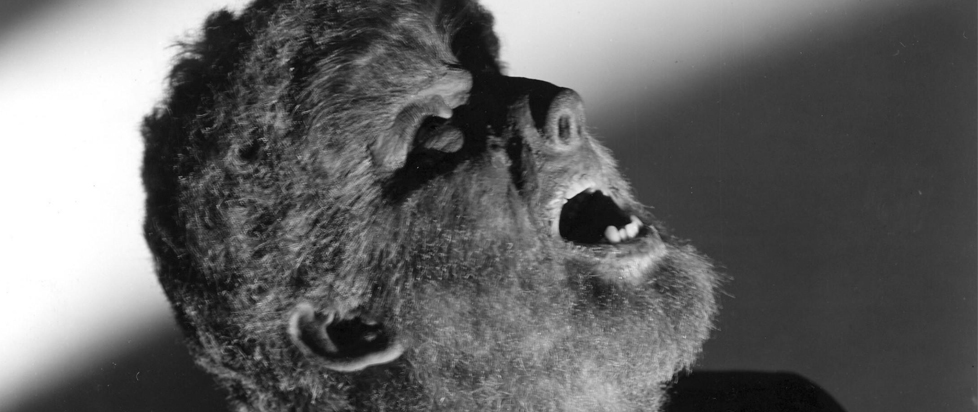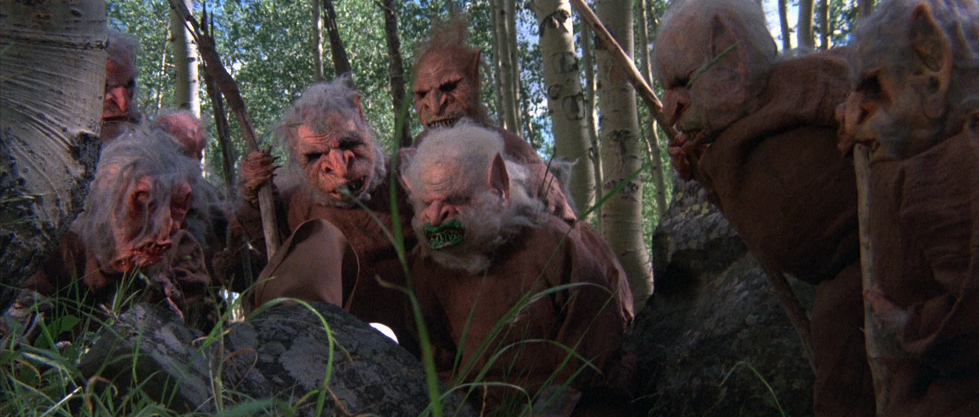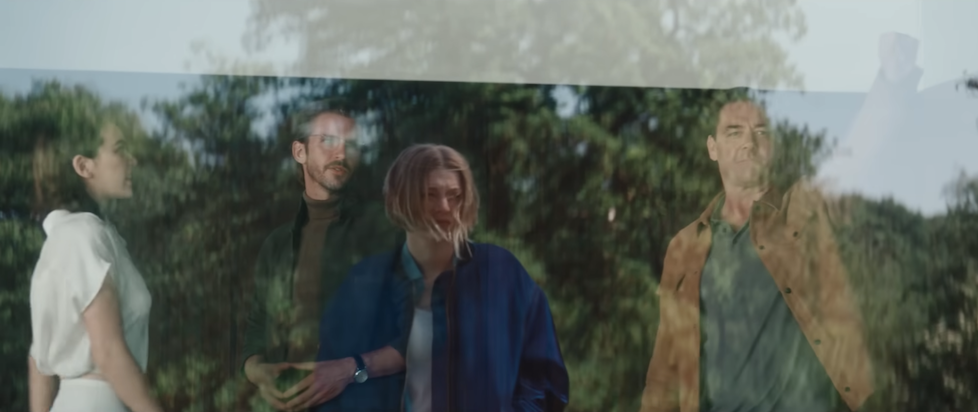
The Cuckoo’s Egg: Chimeras and Changelings in Cuckoo (2024) and Longlegs (2024)
“This is a nature preserve and you are disturbing the wildlife.”
There is a recognized phenomenon wherein Hollywood studios release two or more movies with startlingly similar loglines in close proximity without any apparent shared production history. In 1998 we got a pair of asteroid catastrophe movies in Armageddon and Deep Impact. In 2006 it was dueling period thrillers featuring stage magicians with The Prestige and The Illusionist.
Given the disparity in what the two films are ultimately about, it’s impossible to lump this year’s Cuckoo and Longlegs into that same category, but it’s still weird that we got two major horror releases within a month of each other that both deal with changeling themes and are built around the idea of the cuckoo’s egg metaphor.
Cuckoo gives a fairly succinct explanation of the behavior for which its eponymous birds are most famous, though Longlegs does no such thing. For those who don’t know, however, cuckoos are notorious examples of a phenomenon known as “brood parasitism.” While it’s not actually practiced by all stripes of cuckoo, it is by many, some of which are obligate brood parasites who reproduce in no other way.
These cuckoos lay their eggs in the nests of other birds, who in turn incubate the young and raise them as their own. The cuckoo chicks hatch sooner than the eggs of their hosts, grow faster, and are larger, meaning that they tend to monopolize food supplies, and sometimes actually destroy the eggs (or offspring) of their hosts.

Obviously, this metaphor adapts beautifully to the changeling narrative in horror fiction, and 2024’s pair of thrillers is nowhere near the first time it has been used. Perhaps the most famous example comes in John Wyndham’s 1957 novel The Midwich Cuckoos, adapted twice to film as Village of the Damned, not to mention a 2022 TV miniseries which kept the novel’s title.
In Longlegs, the themes of changelings, doubles, and cuckoo’s eggs must jostle for position with a variety of other elements drawn from serial killer narratives, police procedurals, and Satanism shockers, but they are certainly present, telegraphed by Nicolas Cage’s serial killer character whispering the word “cuckoo” several times, in a singsong voice meant to mimic the bird’s call.
In Longlegs, the cuckoo’s eggs are dolls fabricated by the titular serial killer to look like the daughters in the family he is targeting. Like a real cuckoo’s egg, these dolls infiltrate the host family and manipulate the parents into acts that are ultimately detrimental to their actual offspring – and, in this case, to themselves.
It may come as no surprise that these elements are even more foregrounded in Cuckoo – they are, after all, right there in the title. However, a viewer would be forgiven for not realizing it for… quite some time. After an oddly portentous cold opening, we are plunged directly into the life of Gretchen (a fantastic Hunter Schafer) in media res.
Grieving from the death of her mother (a fact that isn’t made clear until well into the film) Gretchen has moved with her father, stepmother, and half-sister to a resort in the German Alps, where they will be working for the unusual Herr Konig (Dan Stevens, putting on a delightfully put-on German accent), who identifies himself as a “preservationist.”
From the minute they arrive, however, it’s clear to Gretchen – and the audience – that things aren’t right. Everything seems odd and off-kilter, and it’s impossible to know where, precisely, one should look for the threat. Stevens’ Herr Konig pops up out of nowhere like an awkward boogeyman, while everyone in Gretchen’s orbit seems to take the strange happenings around the resort in stride.
Viewers will spend most of the movie unaware of precisely what they’re supposed to be afraid of, as a constant sense of jittery unease permeates the frame, but finding a source for it can be difficult. Scanning the reviews on Letterboxd will find plenty of comparisons to the near-plotless vibes of ‘80s Argento and Italian horror in general, and Cuckoo would play equally well on a double bill with Michele Soavi’s The Sect or the 2020 film Sleep.
This isn’t exactly surprising. Writer/director Tilman Singer’s feature debut was the extremely bendy and weirdly put-together Luz, from 2018. And just as that flick used hypnotism and unexpected stagecraft, this one loops shots, plays with sound, and otherwise utilizes a big bag of tricks to keep the audience wrong-footed throughout.
By the end, however, everything is nicely explained with exposition dumps that never really feel like exposition dumps, and even as the film’s second half becomes somewhat truncated and obligatory compared to the first, some bold choices, a great weird monster, and dynamite work from Schafer and Stevens (who is having a ball here) keep it running all the way to the end zone.
In scope, ambition, confidence, and craft this feels like a big step up from Luz. This is a movie that builds itself around a bold, weird conceit, and plays that hand hard. It’s a jittery, jagged affair that is more about keeping the audience off-balance than necessarily scaring them, although it manages a few incredible horror set pieces, with one of the best being the biking sequence that’s featured in the trailer.

Changeling stories are nothing new in horror fiction, either. In fact, they go back to before “horror” was a word that we used to describe a genre. The very origin of the term calls to mind to folkloric tales from around the globe of children kidnapped by fairies, demons, trolls, and other supernatural creatures, and replaced with unnatural replicas. Sometimes, this was a transformed fairy or demon or troll (as in Cuckoo), other times it was something like a bundle of wood, magically made to resemble the absent human child (as in Longlegs).
Many changeling stories, however, focus on either the plight of the kidnapped child, or the discomfort of the parents who sense that something is off about the changeling, but can’t put their finger on what it is. What makes both Longlegs and Cuckoo stand out – besides their synchronous release schedule and standout performances from actresses playing awkward leads – is how they use the idea of the cuckoo’s egg and where they place their focus around their central metaphor.
In both films, the substitution is less about replacing a kidnapped child than about slipping a dangerous Trojan horse into the family unit. And in both cases, though the changeling is the catalyst for the threat, they are not the ones who directly carry it out.
Perhaps there’s something going on here; a thematic resonance, a moment in the zeitgeist, that will be teased out with the passage of time, subsequent viewings, and the work of other scholars. Or perhaps this is nothing more than the coincidental release of two films close together which each take drastically different but weirdly co-resonant approaches to an age-old idea. In either event, both offer a pretty good – and distinctly weird – time at the movies.
———
Orrin Grey is a writer, editor, game designer, and amateur film scholar who loves to write about monsters, movies, and monster movies. He’s the author of several spooky books, including How to See Ghosts & Other Figments. You can find him online at orringrey.com.
